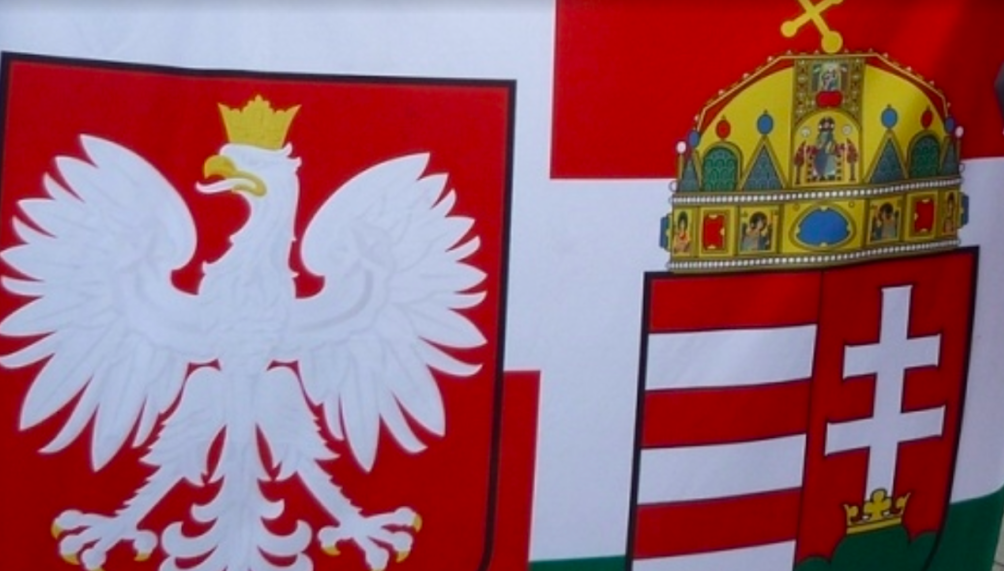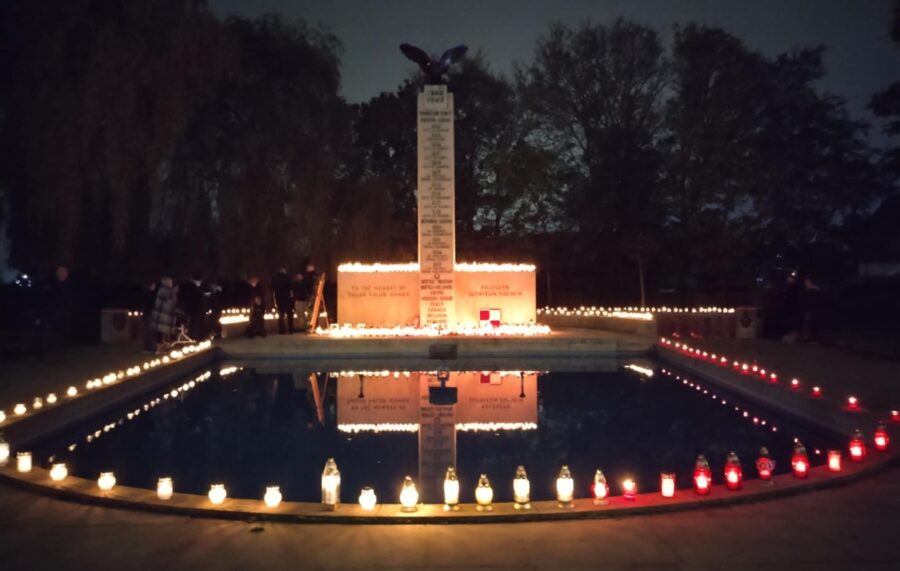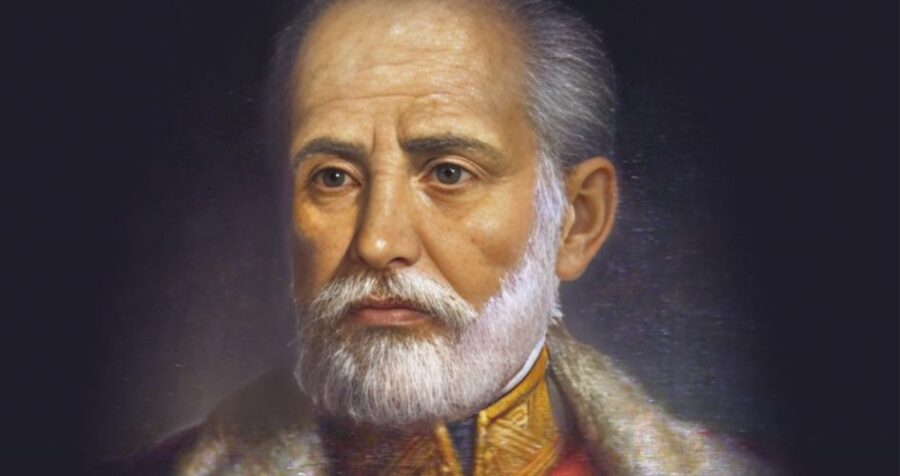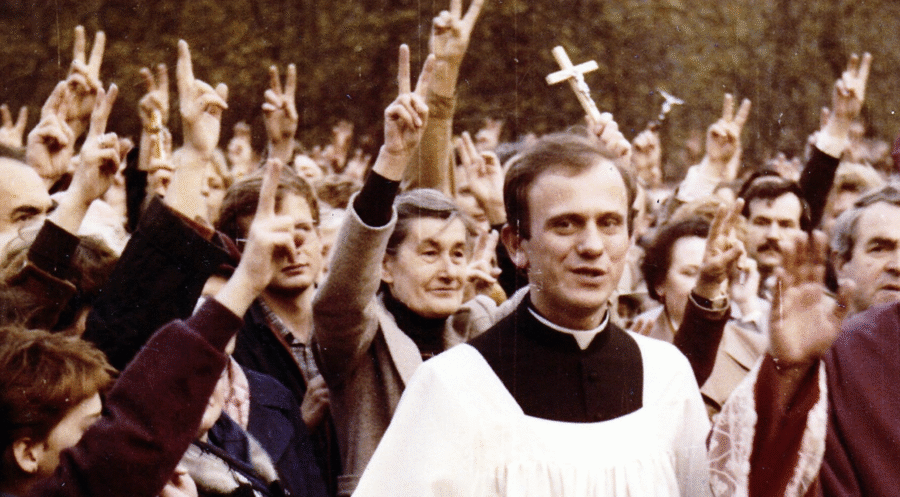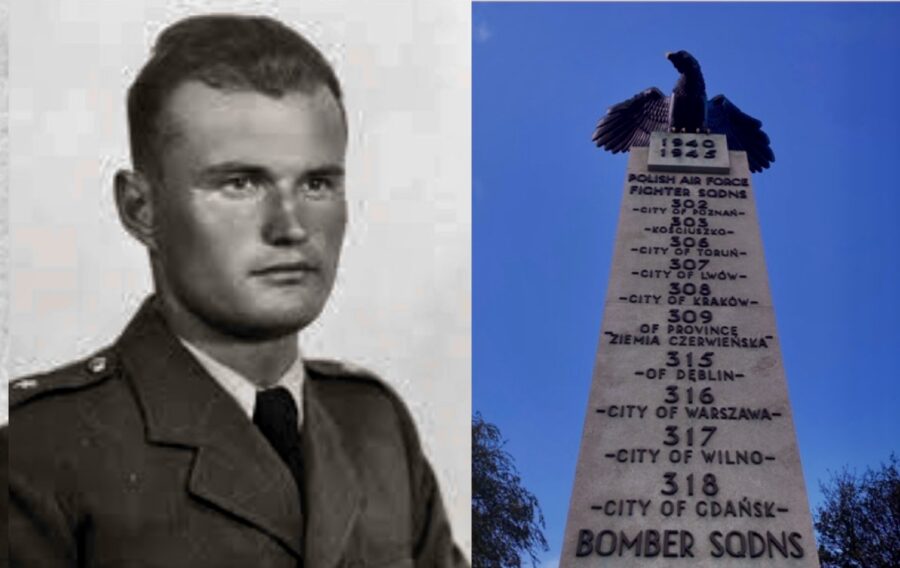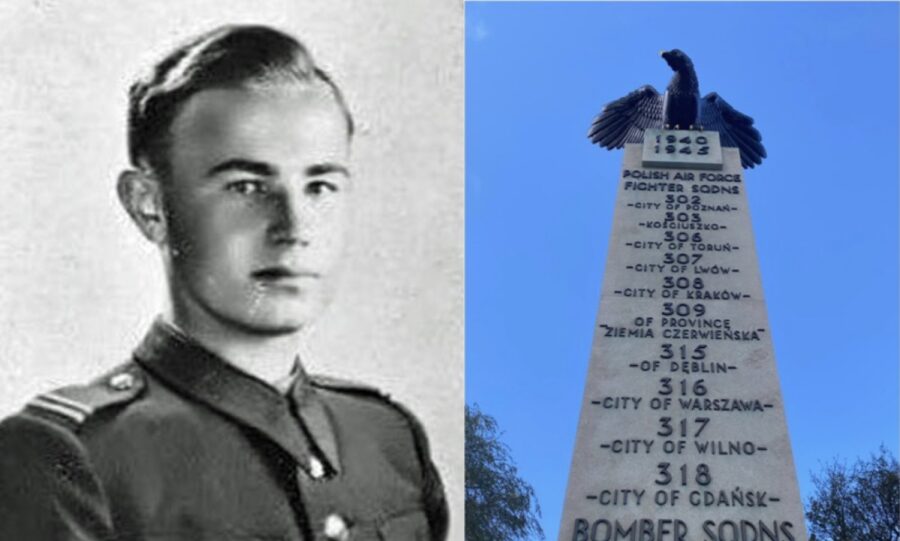Poles and Hungarians developed close ties throughout history, which continue to be observed up until this day. A survey carried out by the Hungarian Századvég Institute in June 2019 reveals that 63% of Hungarians hold a positive (63%) or very positive (23%) opinion of Poles.
What’s more, many historical events show that the mutual sympathy between these two nations goes beyond the usual pragmatism of realpolitik.
In order to have a better understanding of the good Polish-Hungarian relationships, it is worth having a look back in history.
In the mid-11th century, the king of Hungary, Saint Stephen, took control over the northern part of the Carpathians (today’s Slovakia), establishing a common border with the Kingdom of Poland by doing so.
At the start of the 12th century, Hungarians and Poles combined their forces against the Holy Roman Empire which was invading Hungary under the leadership of Henry V the Polish and Hungarian kingdoms signed a strategic alliance that allowed them to push back the invaders. The two nations did not stop there and continued to fight as brothers-in-arms against Teutonic Knights and Tatars among others.
Polish-Hungarian relations continued to flourish via the establishment of numerous ties on the levels of politics and royal families. In the mid-14th century, the kings of Bohemia, Poland, and Hungary held several special gatherings in the Hungarian castle of Visegrád where they exchanged views on common geopolitical goals and cooperation.
Today, historians and political analysts interpret the Visegrád meetings as the early starting point of what would become the Visegrád Group cooperation six and a half centuries later. As a result of these diplomatic talks, Polish-Hungarian relations got even closer and lead among others to personal unions.
In 1370, Louis I of Hungary was crowned king of Poland. Seventy years later, it is the Polish King Władysław III who has been officially given the Saint Stephen crown in Hungary. It is worth adding that the 16th century saw another Hungarian King, Stefan Báthory, being crowned in Poland.
In 1526, the Battle of Mohács took place. In Hungary, this event is perceived as one of the most tragic events of the country’s long history. That year, Suleiman the Magnificent’s Ottoman troops won a crushing victory over the army of the Hungarian King Louis II. It is worth underlining that around 2,000 Polish soldiers were fighting side by side with the Hungarian forces.
In 1848, both nations wrote a new chapter of their good relations. Poles actively supported Hungary’s uprising against Austrian rule. Polish military leaders such as Józef Bem played a key role in the battles of the Hungarian army.
The Polish support in times of need was then well remembered by Hungarians. In the aftermath of WWI First World War, Hungary came to help Poland in its fight for survival against Soviet Russia, despite having just been amputated of two-thirds of its territory and three-quarters of its population following the Treaty of Trianon. Hungary provided huge amounts of ammunition to Polish troops, which allowed them to win the decisive Battle of the Niemen in late September 1920.
WWII further strengthened the bonds between the two countries, despite the fact that Hungary was formally on Nazi Germany’s side in this conflict. Urged by Adolf Hitler to attack Poland, Hungarian Prime Minister Pál Teleki replied firmly that “Germany is our ally, but the Poles are our friends, and we do not fire on friends. […] It is a question of honour.”
Furthermore, hundreds of Hungarians took part in the Warsaw uprising side by side with Poles.
A few years later, the iconic 1956 Budapest Rising took place. Tens of thousands of Poles sent food and medical supplies to their southern neighbours in the midst of the brutal Soviet aggression. Poland sent hundreds of litres of blood to Hungary, which was given voluntarily by the Polish population.
The close ties established throughout the centuries between Poland and Hungary can be observed up until this day. Various Hungarian folk dances became popular in Poland, whilst traditional Polish dishes are sometimes cooked up by Hungarians.
In addition, even though Hungarian and Polish are completely different languages, it often seems like both nations have found a way to get along despite this language barrier.
On the 12th of March 2007, the Hungarian parliament unanimously decreed that the 23rd March be considered as “Polish-Hungarian Friendship Day”. Four days later, a similar resolution was adopted by acclamation by the Polish parliament.
Image: Derzsi Elekes Andor, Wikimedia Commons
Author: Sébastien Meuwissen
This article has been sponsored by the Wacław Felczak Institute of Polish-Hungarian Cooperation.


